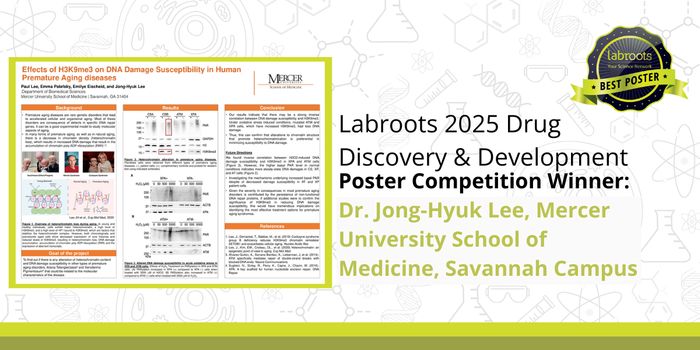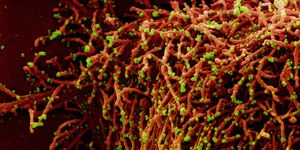Revealing Genes That Escape X Chromosome Inactivation
Some diseases impact men, or women, at different rates or severities, with different symptoms or varied ages of onset; there are many examples, from different types of cancer, to immunological disorder like lupus, or infectious diseases. When these differences are due to genetics, the X chromosome is sometimes involved. In the cells of mammalian females, one of the two X chromosomes is meant to be prevented from expressing genes, a phenomenon known as X chromosome inactivation (XCI). Researchers have now created a computational tool that revealed genes that escape XCI. The findings have been reported in Genome Research.
“The X chromosome plays an important role in human development and disease, yet the X chromosome is frequently ignored in human genetic studies because of bioinformatics challenges in the analysis of the data,” explained Laura Carrel, associate professor of biochemistry and molecular biology at the Penn State College of Medicine. “Our new method gets around these challenges and allows us to identify XCI escape genes and assess their role in sex-biased diseases."
With more research and refinement, this tool might also be useful in predicting individuals that are at risk of developing a sex-based disease, and potentially, how to treat those diseases, Carrel suggested.
It's estimated that about 30 percent of genes that are found on the X chromosome can evade XCI, so there are two working copies of these genes in female cells, said Carrel, who added that researchers are trying to determine the biological significance of these extra copies and if they can make a person more susceptible to diseases like lupus.
Complicating the question, the same X chromosome is not inactivated in every cell; some cells inactivate the X from mom, while in other cells, the X chromosome inherited from dad is inactivated. The statistical tool developed in this study can find genes that escape XCI by sequencing RNA transcripts in bulk. That tool is called XCIR (X-Chromosome Inactivation for RNA-seq). The method can detect how much of a gene is expressed from one copy of the X chromosome or the other. If the expression ratio of a gene from the two chromosomes is significantly different compared to others that are known to be inactivated, the gene is said to have escaped XCI.
“Our method, available in an intuitive, well-documented and freely available software, is more powerful than alternative approaches and is computationally efficient to handle large population-scale datasets,” said Dajiang Liu, associate professor of public health sciences and biochemistry and molecular biology at Penn State College of Medicine.
When the approach was used to analyze data from almost half a million people, the researchers found hundreds of traits, including some linked to diseases that are more common in women like lupus, that could be impacted by XCI. Other escaped genes were linked to COVID-19 infection severity and Alzheimer’s disease.
This work may help researchers learn more about genes that are influenced by XCI and how to treat them.
Sources: Penn State, Genome Research









